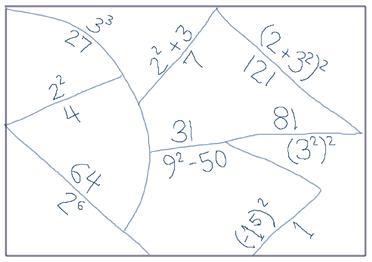Have students work in pairs/groups to discover a rule or procedure. For example, after I had covered how to solve single-step equations, I gave my students a page of two-step equations and I gave them the answers to two problems on their sheet. I didn't show them how I got my answers. They had to work in groups of three to figure out how I got my answers, and then do the remaining problems together. I put all of the answers jumbled up on the board, so they could check their answers as they went (if they got a result that was not on the board somewhere, they had to figure out where they went wrong).
At the end, the students had to verbalize the steps needed to solve multi-step equations as though they were teaching someone new to the concept.
This "figure-it-out" approach leads to lively discussion, as well as pride at having figured it out themselves rather than the teacher telling them. And since they discovered the concept themselves, they are much more likely to remember it in the future.
